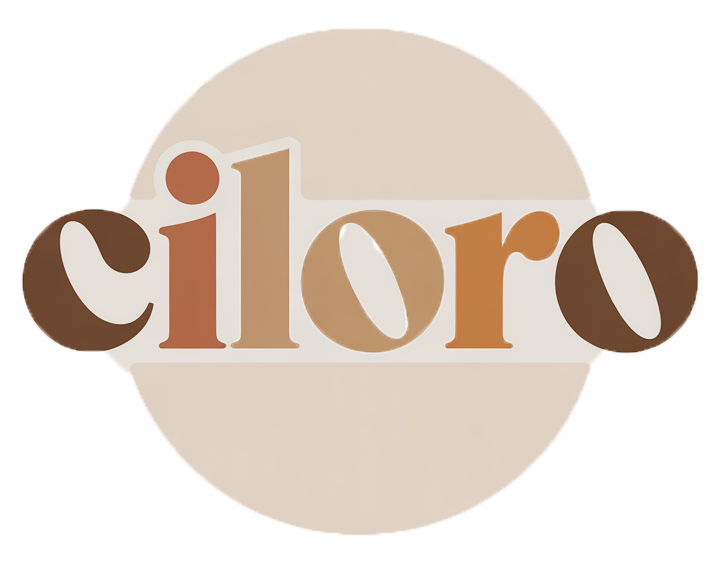Timeless 1940s Decor Ideas for Modern Home Styling
The 1940s marked a significant shift in design, influenced heavily by the events of World War II and the subsequent post-war era. This decade saw a transformation from utilitarian design to a more decorative and expressive aesthetic, making 1940s decor a timeless choice for contemporary home styling.
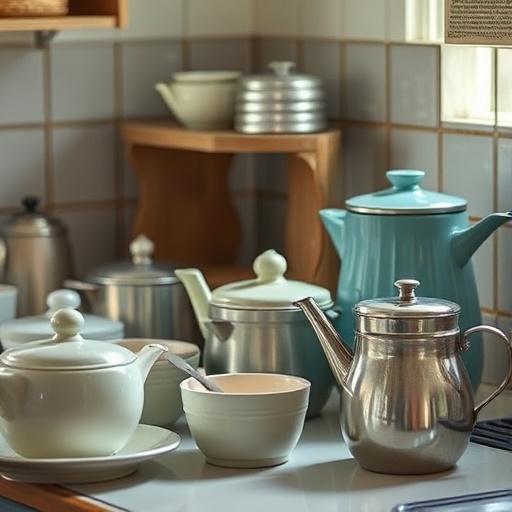
Incorporating elements from the 1940s into your home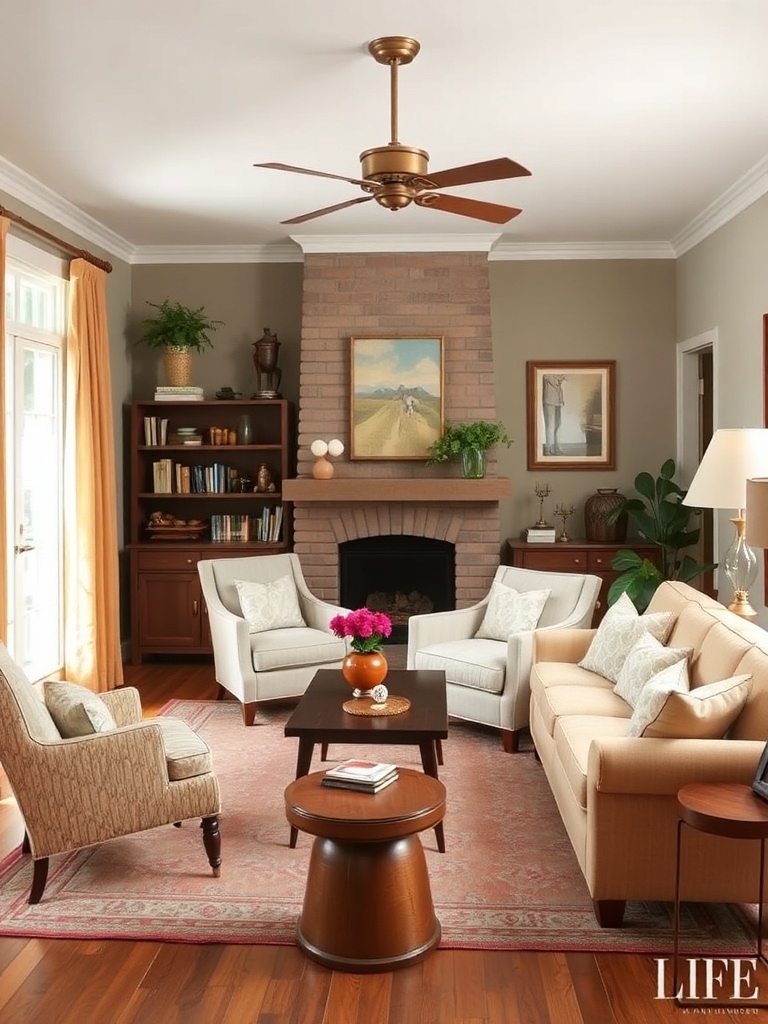
not only pays homage to a pivotal design era but also adds a unique character to your living space. This article aims to guide you through the essentials of 1940s decor, providing practical tips and inspiration for integrating this distinctive style into your home.
Understanding the 1940s Decor Aesthetic
Historical Context
The impact of World War II on design was profound, as materials became scarce and functionality took precedence. However, the end of the war brought about a resurgence in creativity and decorative elements, leading to a shift in aesthetics that favored more ornate and colorful designs.
Key Characteristics of 1940s Decor
- Functionality and Simplicity: Designs focused on practical use while maintaining aesthetic appeal.
- Bold Colors and Patterns: A vibrant palette emerged, with an emphasis on striking contrasts.
- New Materials: The introduction of plastics and laminates allowed for innovative furniture designs.
Color Schemes Inspired by the 1940s
Popular Color Palettes
Earthy tones and muted shades were prevalent during this decade, providing a warm backdrop for brighter accent colors. Teal, mustard yellow, and cherry red became popular choices for adding vibrancy to interiors.
How to Choose Colors for Your Space
When selecting colors for your home, consider starting with a primary color that resonates with you. Complement this with accent colors that enhance the overall aesthetic. Aim for a balance that maintains harmony throughout your space.
Furniture Styles from the 1940s
Iconic Furniture Pieces
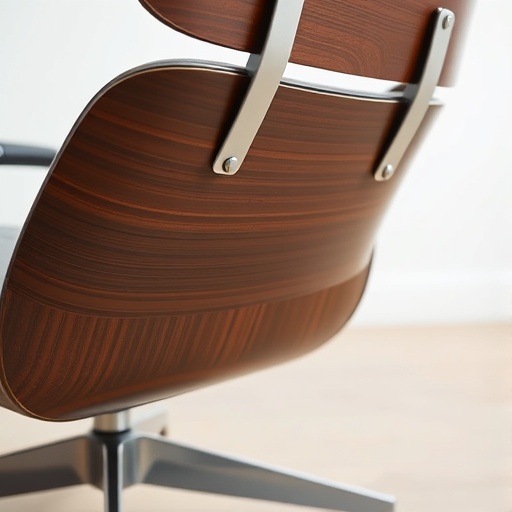
Mid-century modern furniture characterized the 1940s, with streamlined designs that emphasized clean lines. Notable pieces such as the Eames lounge chair and tulip table exemplify this style, combining form and function beautifully.
Sourcing Vintage Furniture
Finding authentic 1940s furniture can be an exciting adventure. Look for local thrift stores, antique shops, and online marketplaces. When mixing vintage with modern, consider how each piece complements the overall design of your space.
Fabrics and Textiles in 1940s Decor
Popular Fabrics of the Era
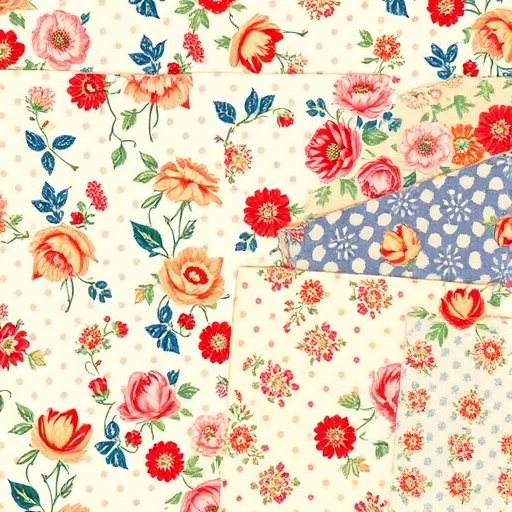
Common materials like cotton, linen, and rayon dominated the textile landscape of the 1940s. Patterns such as florals, geometric prints, and plaids were widely used, reflecting the playful spirit of the time.
Incorporating Fabrics into Your Home
Consider using 1940s-inspired fabrics for upholstery, curtains, and cushions. Layering different textures can add depth and interest to your decor, creating a cozy and inviting atmosphere.
Lighting in 1940s Homes
Types of Lighting Fixtures
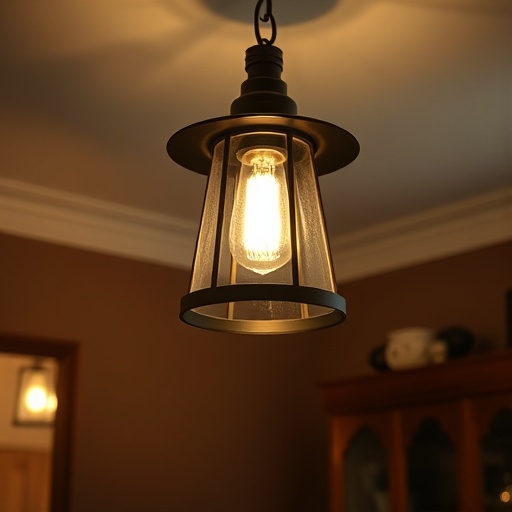
Lighting played a crucial role in 1940s decor, with popular styles including pendant lights, sconces, and table lamps. Common materials used in these fixtures included brass, glass, and ceramic, contributing to the overall aesthetic.
Creating the Right Ambiance
To achieve the perfect ambiance, layer your lighting sources. Combine ambient, task, and accent lighting to create a well-lit yet inviting space. Don’t overlook the importance of dimmers and warm light bulbs for a cozy feel.
Wall Decor and Artwork
1940s Wall Treatments
Wallpaper patterns from the 1940s often featured bold designs and colors. Techniques such as stenciling and sponging were popular for adding texture and interest to walls.
Selecting Artwork
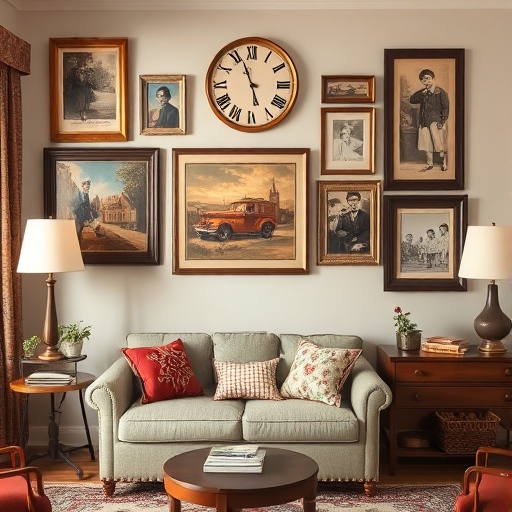
Choose artwork that reflects the 1940s aesthetic, such as vintage posters or abstract pieces. Creating a gallery wall with vintage frames can add a personal touch while showcasing your unique style.
Accessories and Decorative Elements
Essential Accessories
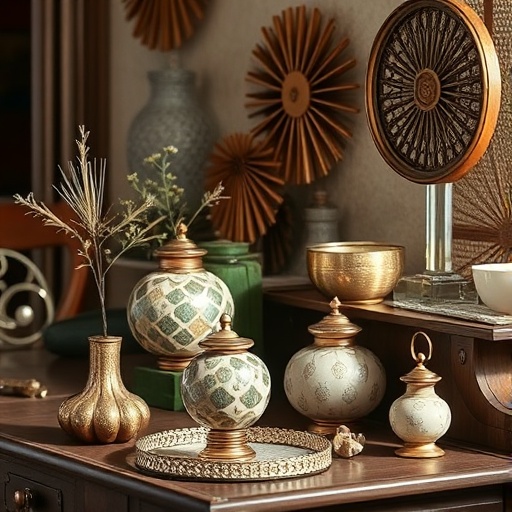
Key decor items like vases, clocks, and sculptures can enhance your space. Personalizing your home with unique finds adds character and reflects your individual taste.
Styling Tips for Accessories
When arranging accessories, consider visual interest and balance. Pay attention to scale and proportion to create a harmonious look that draws the eye without overwhelming the space.
Incorporating 1940s Decor in Different Rooms
Living Room Ideas
For the living room, focus on furniture arrangement that creates a cozy focal point. Use a mix of colors and fabrics to achieve a warm and inviting atmosphere.
Kitchen and Dining Room Inspirations
In the kitchen and dining areas, consider vintage kitchenware and dining sets that reflect the 1940s style. Aim for a retro dining experience that transports you back to this charming era.
Bedroom Styling
For the bedroom, select furniture and bedding that promote tranquility and comfort. A well-styled bedroom can serve as a peaceful retreat while showcasing 1940s design elements.
Home Office and Workspace
Incorporate 1940s decor into your workspace with vintage desk accessories and organizational tools. Consider decorative touches that inspire creativity and productivity.
DIY 1940s Decor Projects
Upcycling Vintage Finds
Transforming thrifted items into decor can be a rewarding DIY project. Look for pieces that can be easily updated with a fresh coat of paint or new upholstery to reflect the 1940s style.
Crafting Your Own Textiles
Consider sewing your own curtains, cushions, and tablecloths using fabrics that evoke the 1940s. Pay attention to patterns and color choices to ensure they harmonize with your overall decor.
Common Mistakes to Avoid
Overdoing the Theme
While embracing the 1940s style, it’s important to maintain balance between vintage and modern elements. Subtle incorporation can create a timeless look without overwhelming your space.
Ignoring Functionality
Ensure that your decor choices enhance usability. Aesthetic appeal should not compromise comfort or practicality; aim for a space that is both beautiful and functional.
Conclusion
The beauty and charm of 1940s decor lies in its ability to blend functionality with artistic expression. By experimenting with styling and personal touches, you can create a home that reflects your unique taste while honoring a classic design era.
Recap
Incorporating 1940s decor into your home is a rewarding journey that allows for creativity and personal expression. Embrace the elements that resonate with you, and let your home tell a story of timeless elegance.
Key Takeaways
- Understand the historical context of 1940s decor.
- Choose color schemes that reflect the era's vibrant palette.
- Incorporate iconic furniture pieces for authenticity.
- Utilize fabrics and textiles to add warmth and texture.
- Pay attention to lighting to create the right ambiance.
- Accessorize thoughtfully to personalize your space.
- Balance vintage and modern elements for a harmonious look.
- DIY projects can enhance the 1940s aesthetic in your home.
FAQ
What are the key characteristics of 1940s decor?
Key characteristics include functionality, simplicity, bold colors, and the use of new materials like plastics.
How can I choose a color scheme for my home inspired by the 1940s?
Start with a primary color and add complementary accent colors while ensuring balance and harmony throughout the space.
What are some iconic furniture pieces from the 1940s?
Iconic pieces include the Eames lounge chair and tulip table, which embody the mid-century modern style.
How can I incorporate 1940s decor in my kitchen?
Consider using vintage kitchenware and dining sets that reflect the era's charm for a retro dining experience.
What DIY projects can I try to reflect 1940s style?
You can upcycle vintage finds or craft your own textiles like curtains and cushions using era-appropriate fabrics.
